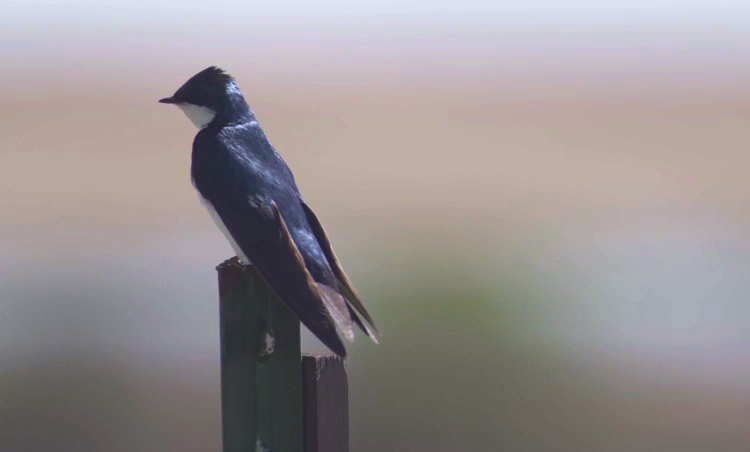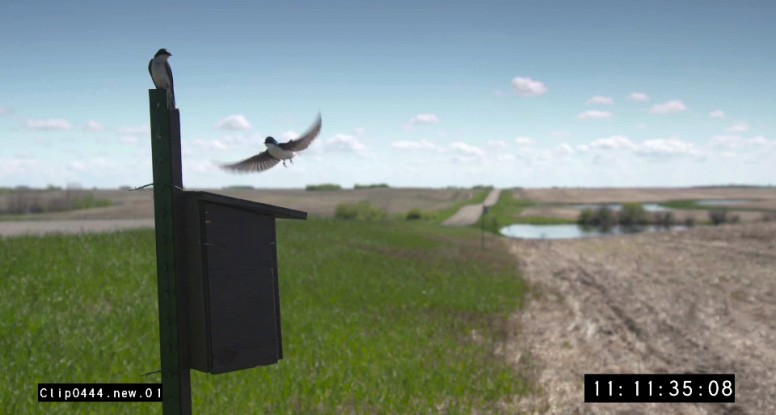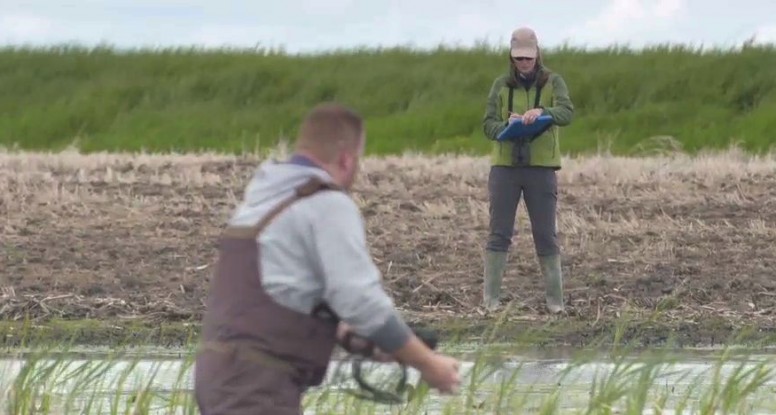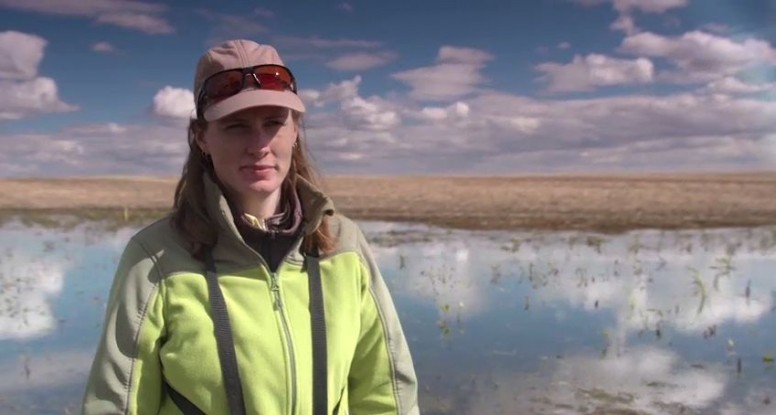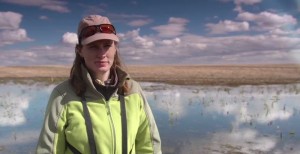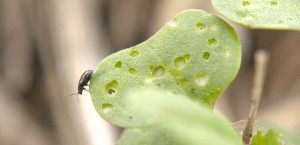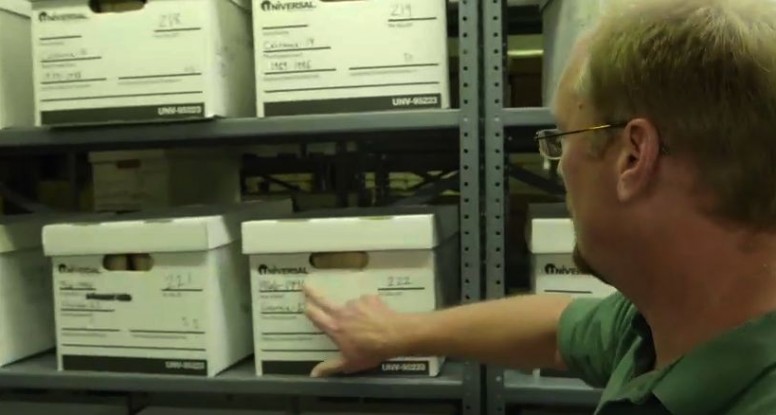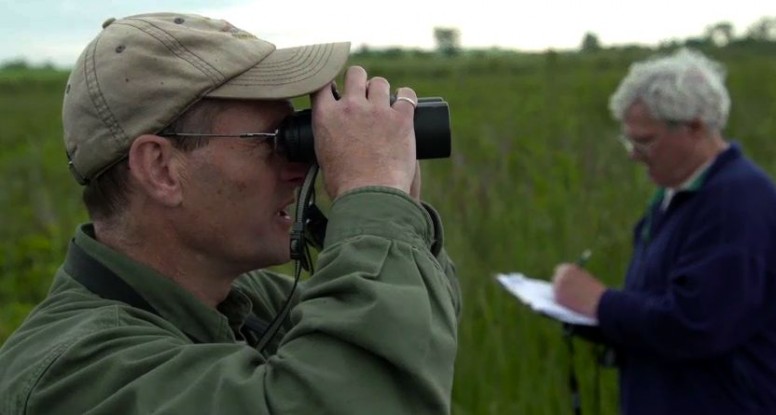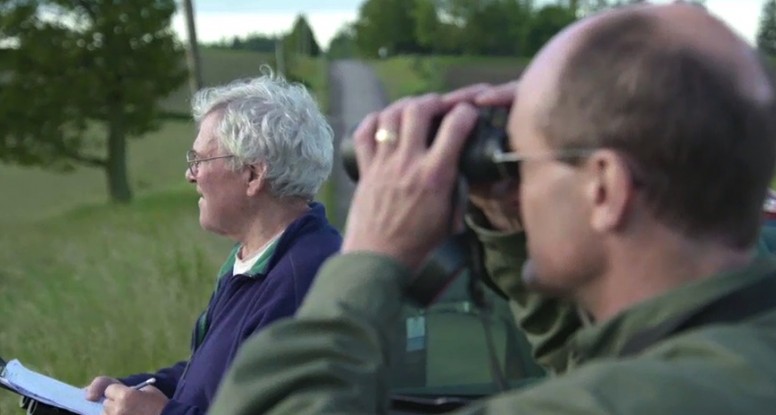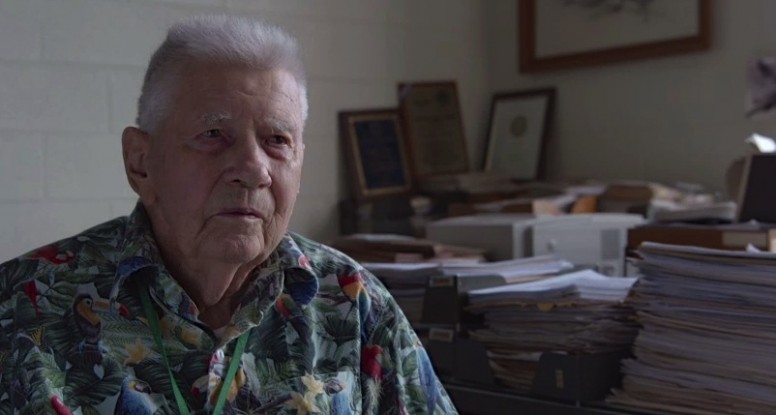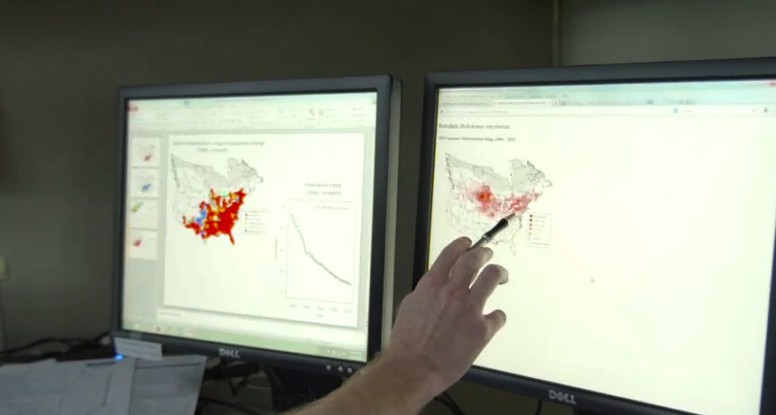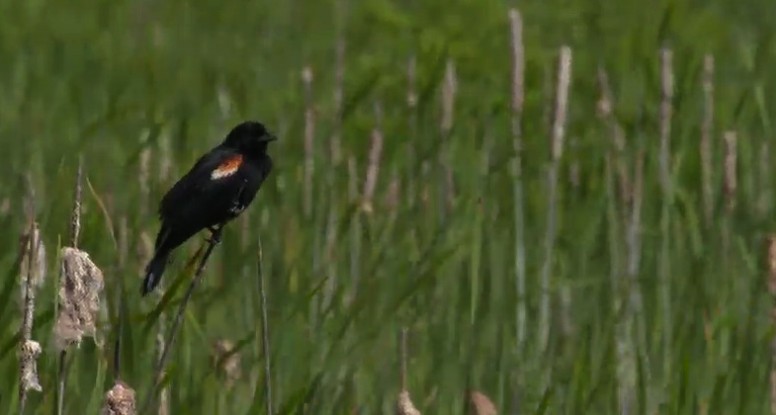For nearly 30 years, Bill Evans has had his ear to the sky, listening to the calls of songbirds as they travel through the night. The process is called acoustic monitoring and the data he collects provides valuable information on songbird migration and the health of their populations.
Bill’s journey as a renegade scientist began in 1985 after a long night of delivering pizzas. He was resting on a bluff in eastern Minnesota at two in the morning when he heard it: the sound of hundreds of unseen birds flying overhead in the dark spring sky. He was entranced by their calls. “It was just such an enthralling experience for me,” said Bill. “To hear those calls so clearly – I just happened to be in the right place at the right time.”

At that time Bill was a history of science student at the University of Minnesota. He didn’t know how, but that day he decided he would find a way to record those calls over the duration of an entire night and to archive the data for others. He’s been committed to this work ever since.
Bill’s process has evolved with technology. He recorded his first calls on hifi VCRs, playing back the tapes and noting the calls by hand. The advent of computers has sped up the process and he now uses software that can extract the calls automatically.
He left his academic path to pursue his passion full-time and now works from his make-shift laboratory at his home in Ithaca, New York. His methods are unorthodox. He constructs his microphones with the cheapest materials he can find: buckets, rubber bands and plastic wrap. He publishes his songbird data and his do-it-yourself methods on his website, www.oldbird.org, in the hopes of empowering citizen scientists to participate in this ambitious and important long-term bird acoustic monitoring project.
Similar to the Breeding Bird Survey, bird acoustic monitoring employed by citizen scientists across the continent has the potential to become a valuable tool for ornithologists and conservationists. He wants his work to become an index for looking at change, not just for the birds, but for the health of the planet as well.
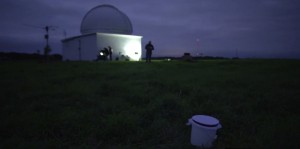
“These birds are tied down to habitat,” said Bill. “If you’re monitoring the population of the species, especially those neotropical migrant songbirds, you have a sort of pulse on the condition of central or southern America wherever those birds go. You have a way of tuning into the changes of the planet from your home.”
Bill’s innovative methods give scientists a new way to measure the population trends of migratory songbirds. He is still driven by the same passion from that awe-inspiring moment but now, considering the many threats faced by songbirds, with a greater sense of urgency.
The SongbirdSOS documentary crew filmed with Bill on a beautiful night near the Cornell Night Sky Observatory in Ithaca, New York.


